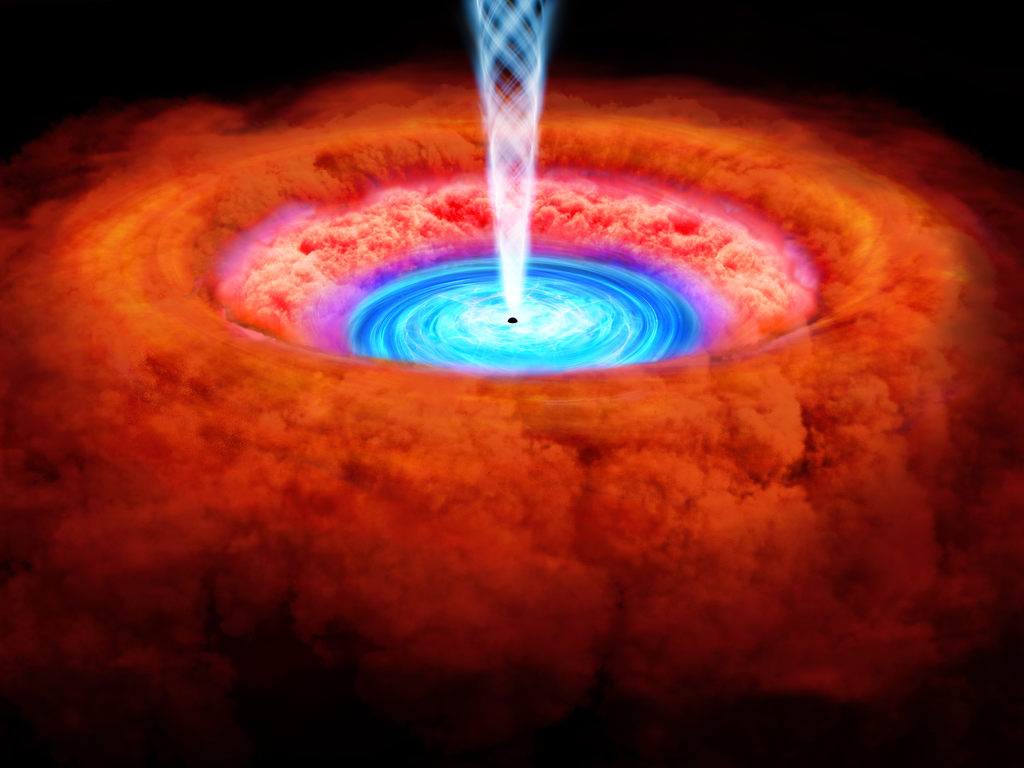1 min read
Comet Levy

NASA's Hubble Space Telescope has observed the inner core surrounding the icy nucleus of Comet Levy more clearly than can be done with ground-based telescopes
The image was taken September 27th with the HST's Wide Field/Planetary Camera, when the comet was at a distance of about 160,000,000 kilometers (100,000,000 miles) from Earth.
In this 4-second exposure of the comet, taken through an infrared filter, most of what can be seen is sunlight reflected from solid grains of cometary dust, carried outward by gas expanding from the icy nucleus as it is warmed by the Sun. The resulting "coma" is brightest in a fan-shaped region on the sunlit side of the nucleus.
The image has been computer processed to provide good visibility of the central con- densation of the coma. The central region is enlarged four-fold In the picture on the right side.
Comet Levy is interesting because it comes from the outermost reaches of the Solar System. The comet's solid nucleus body, no more than a few kilometers across, is unlikely to-have been significantly altered from its composition when it was created.
- Object NameObject NameA name or catalog number that astronomers use to identify an astronomical object.Comet Levy
- Release DateOctober 4, 1990
- Science ReleaseComet Levy
- Credit
Share
Details
Claire Andreoli
NASA’s Goddard Space Flight Center
Greenbelt, Maryland
claire.andreoli@nasa.gov


























